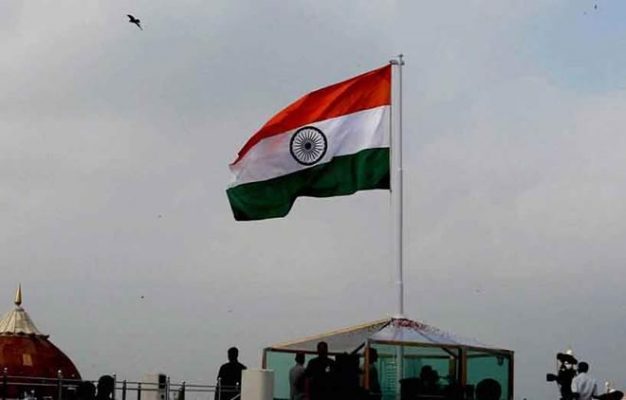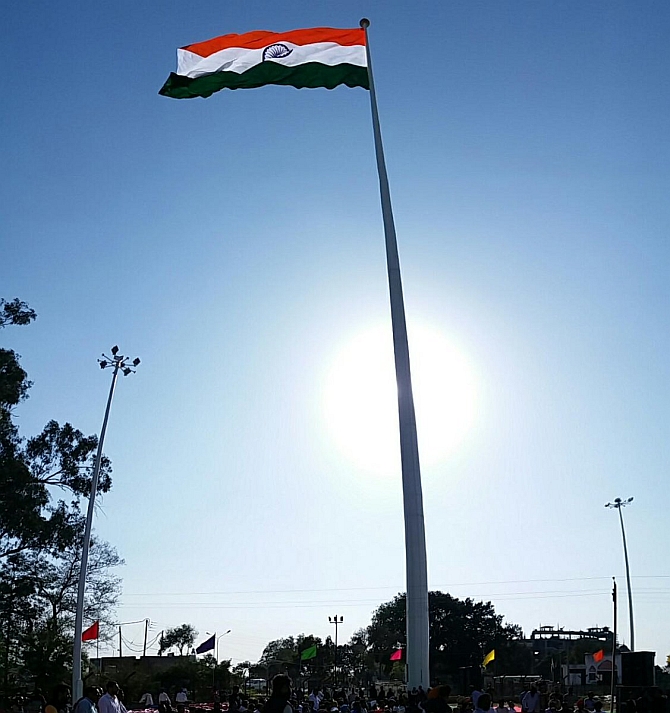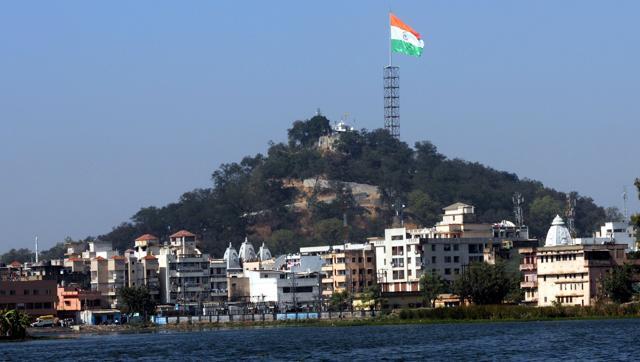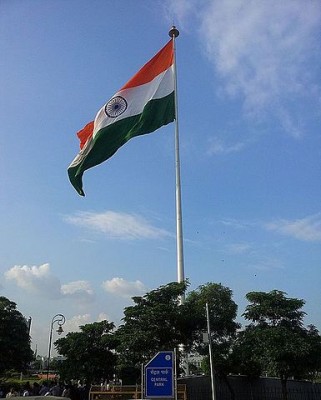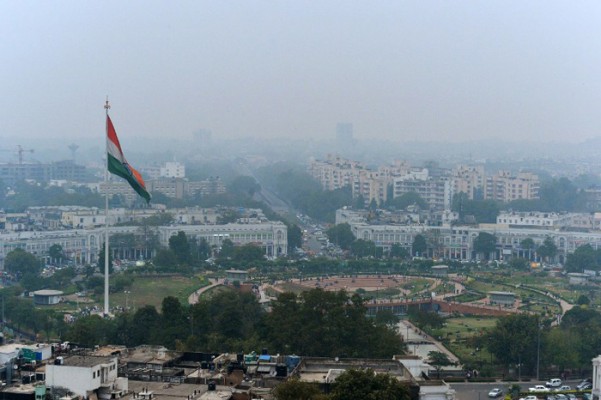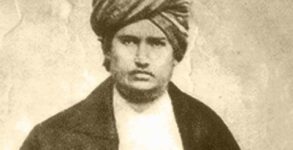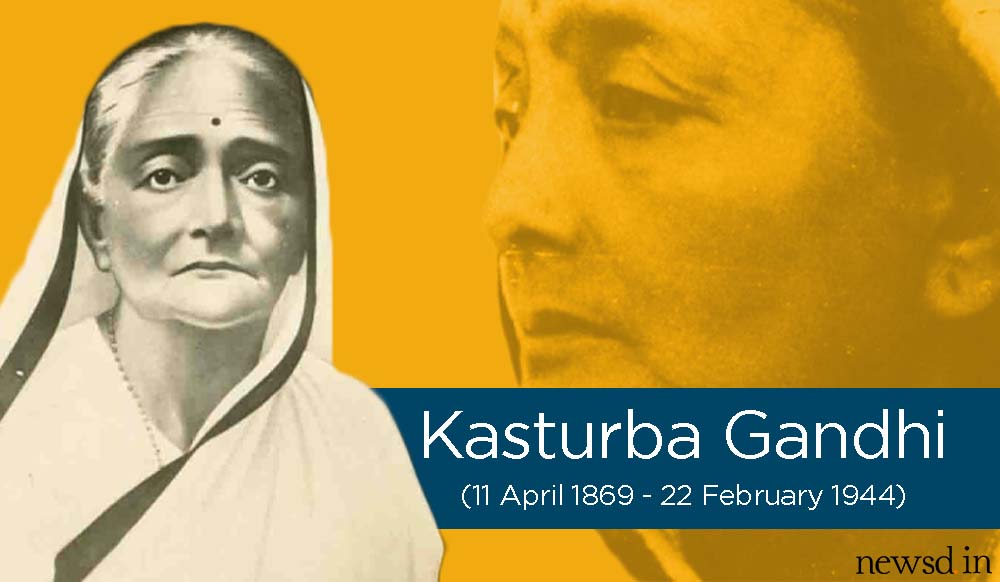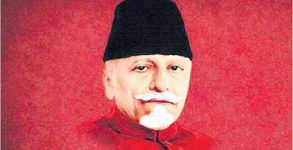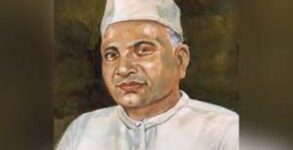Mahatma Gandhi once said, ‘A flag is a necessity for all nations. Millions have died for it. It is no doubt a kind of idolatry which would be a sin to destroy. For, a flag represents an Ideal.’
The national flag of India noted as “Trianga” is a horizontal rectangular tricolour of saffron, white and green with a spoke wheel of 24 wheels called Ashoka Chakra. The flag was adopted by the Constituent Assembly of India on 22 July 1947 – 24 days prior to the formal declaration of Independence.
The colours and symbols on the national flag hold deep philosophical meaning. Each colour represents a specific aspect of Indian culture within the citizens. The saffron colour represents sacrifice, white stands for peace and green stands for courage. The Ashoka chakra represents justice and forwardness.
The national flag holds an important significance. It represents the concept of secularism, the authenticity of the rectangular tricolour underlines the rich spiritual and philosophical history of India. The basis of the flag is the Swaraj Flag, adopted by the Indian National Congress during the Indian Freedom Struggle movement under Gandhi and is reminiscent of the same.
Evolution of the Indian flag
- Post the Sepoy Mutiny, the British established Imperial rule in India and a flag was introduced to represent the British colony of India. The flag was blue, with the Union Jack on the upper left corner, and a star enclosed by a crown on the down right corner.
- The first unofficial flag was hoisted by the Indians on August 7, 1906, in Parsee Bagan, Calcutta. The rectangular flag consisted of three horizontal stripes of green, yellow and red from top to bottom.
- A slightly modified version of the previous flag was hoisted in 1907 by Madame Cama and her group of revolutionaries in Paris. The upper strip had 7 lotuses instead of 8 and it was the first time the colour saffron was used in the flag.
- In 1921, Gandhi proposed a tricoloured flag with the symbol of the spinning wheel in the centre. The colours of the flag represented the dominant religions of the Indian subcontinent with a clear message of promoting religious harmony. But growing demands for further modification led him to change the interpretations of the colours into something more secular. The lowermost strip of red represented sacrifice, middle green stripe represented hope and the topmost white stripe represented peace.
- The version of the flag closest to the current one came into existence in 1923. It was designed by Pingali Venkayya and had the saffron, white and green stripes with the spinning wheel placed in the white section. It was hoisted on April 13, 1923, in Nagpur during an event commemorating the Jallianwallah Bagh Massacre. It was named the Swaraj Flag and became the symbol of India’s demand for Self-rule led by the Indian National Congress.
- The resolution to adopt the tricolour as the National Flag of India was passed in 1931. On July 22, 1947, the Constituent Assembly of India adopted the Swaraj Flag as the National Flag of Sovereign India with the Ashok Chakra replacing the spinning wheel.
Highest Flags in India
- Attari Border (Amritsar) – 360 feet
2. Kolhapur Flag (303 Feet)
3. Ranchi (293 Feet)
4. New Delhi ( 207 Feet)
5. Lucknow (207 Feet)

